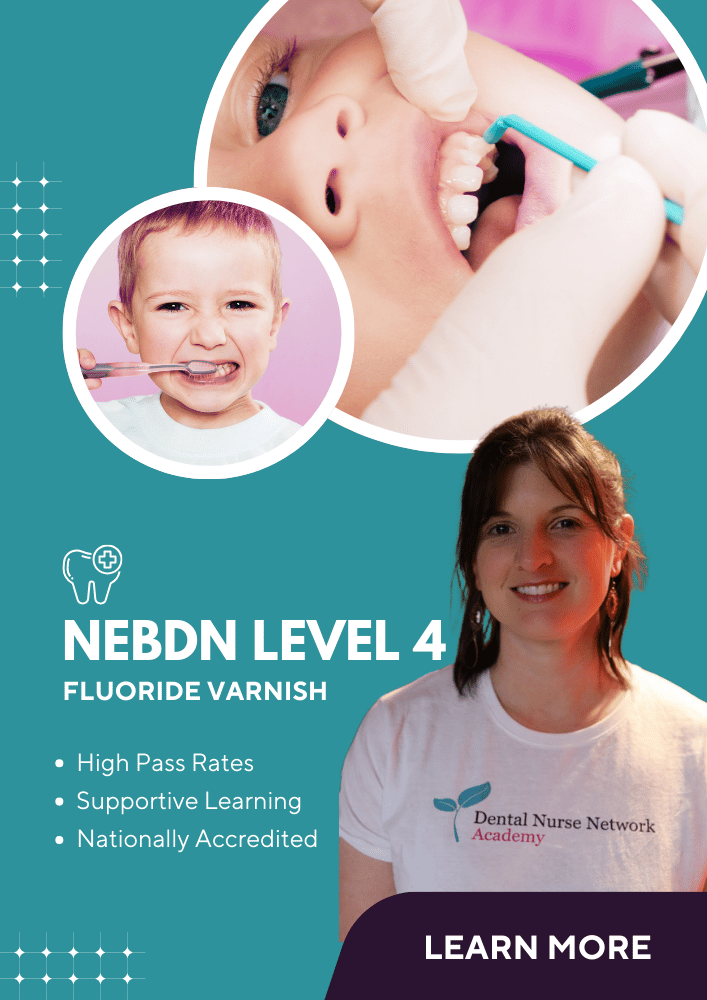 1. What is hyperventilation?
1. What is hyperventilation?
Hyperventilation is a condition where a person breathes excessively.
2. What are the causes?
• In some people, panic can cause hyperventilation.
• Other causes include changes in the body’s acid base balance, hypoxia, toxins and drugs.
• When hyperventilation is chronic (continuing for a long time or in recurrent episodes) it is usually referred to as hyperventilation syndrome. It is associated with psychological symptoms (i.e. anxiety) or somatic – aka bodily symptoms (i.e. intestinal, neurological or respiratory).
3. What are the effects?
Hyperventilation leads to a perceived breathlessness, however the reality is that the oxygen saturation of the blood is completely normal. The main effect is a reduction of carbon dioxide in the blood.
Hyperventilation leads to the body getting rid of too much carbon dioxide. Because carbon dioxide is one of the factors that influence breathing rate and depth, then a low level of carbon dioxide will cause an increase in breathing rate and depth – and if this excessive, the result is hyperventilation.
4. What are the signs and symptoms?
The person may complain of:
• Breathlessness
• Chest pain
• Paraesthesia (a tingling, prickling or burning sensation) in the fingers and sometimes toes
• Perioral tingling (tingling in or around the mouth)
• Dizziness
• Palpitations
The person will:
• Look very anxious and be struggling to breathe
• Find it difficult to speak
• Be using the accessory muscles of respiration
5. How do I manage the condition?
a) Hyperventilation brought on by anxiety/panic can usually be treated by:
• Giving the person some privacy
• Removing the cause of the anxiety if possible
• Encouraging the person to relax and to slow-down their breathing. A good method is to encourage a longer exhalation phase.
The person should feel better and the breathing rate should return to normal after a few minutes. If this does not happen or the person appears to be getting worse, then call 999/112 as the reason may be an underlying medical condition needing hospital treatment.
b) Hyperventilation from other causes may need:
• Relaxation sessions
• Breathing exercises
• Medication
• Management of associated disorders
6. The Bohr Effect
Breathing in and out of a paper bag and, thus, enabling the person to re-breathe carbon dioxide is no longer recommended because it causes suppression of the Bohr Effect (Christian Bohr, 1855 – 1911, Copenhagen). The Bohr Effect is a normal process and describes the uptake of oxygen into the tissue cells.
During hyperventilation the carbon dioxide level in the body drops 20 – 40% below normal. This reduced level of carbon dioxide means there is not enough ‘punch’ to cause a transfer of oxygen into the tissues or, put another way, oxygen cannot be released into the tissues as efficiently as it should be. Therefore the body is lacking oxygen at the cellular level. A person who is hyperventilating will be breathing in enough oxygen, but the oxygen is struggling to pass into the tissue cells. It should be apparent that if a person were able to breathe less (i.e. at a normal rate as opposed to hyperventilating) then oxygen perfusion would be improved and return to normal.
A reduced level of carbon dioxide (as in hyperventilation) also affects the function of the nervous system and leads to vasoconstriction, and conditions such as dizziness and the tingling sensation that suffers experience.
Returning to our paper bag, it is clear that the reason it is contraindicated is because the sufferer will not be inhaling enough oxygen when breathing in and out, because the paper bag physically restricts the availability of oxygen – and the cell oxygen level is already compromised.
7. The ratio of the inspiratory duration to the expiratory duration
• In normal quiet breathing, this is about 1:2
• In asthma, the expiratory phase is prolonged
• In hyperventilation, the inspiratory phase may be more energetic and the expiratory phase is not prolonged
Written by Jon Kyle Andersen www.st4training.co.uk 07837 130700



